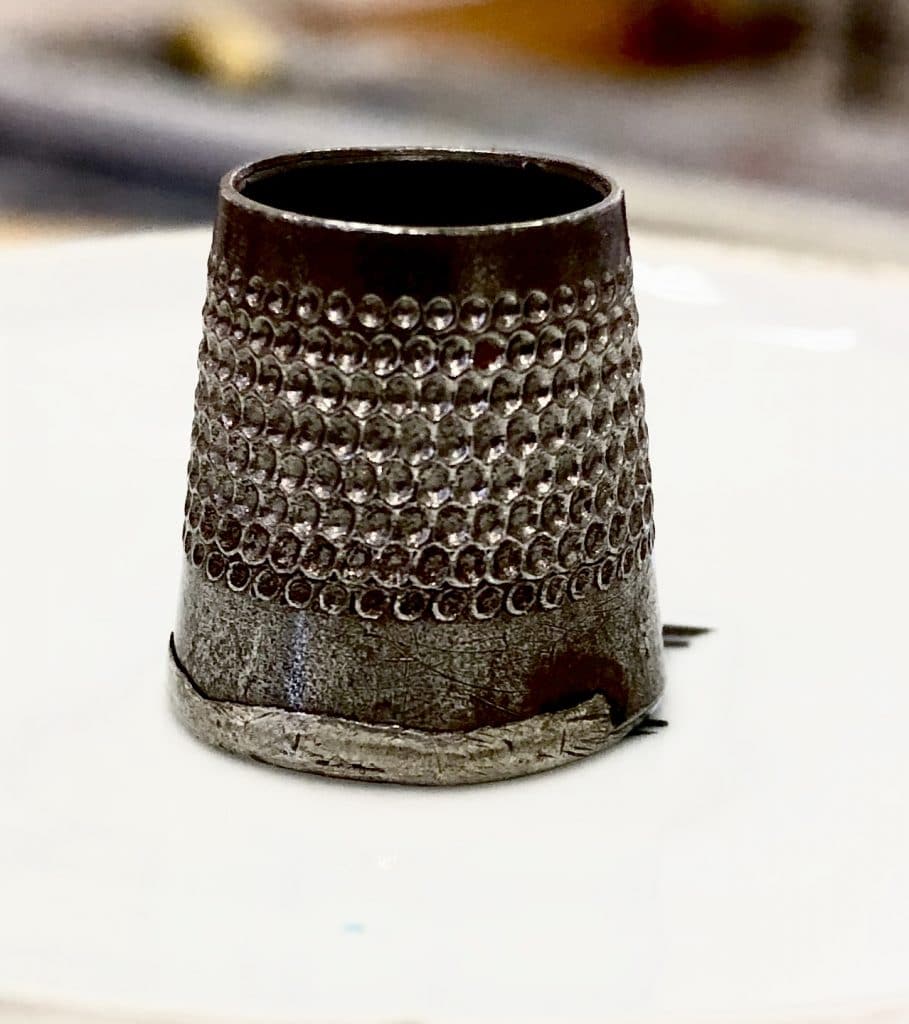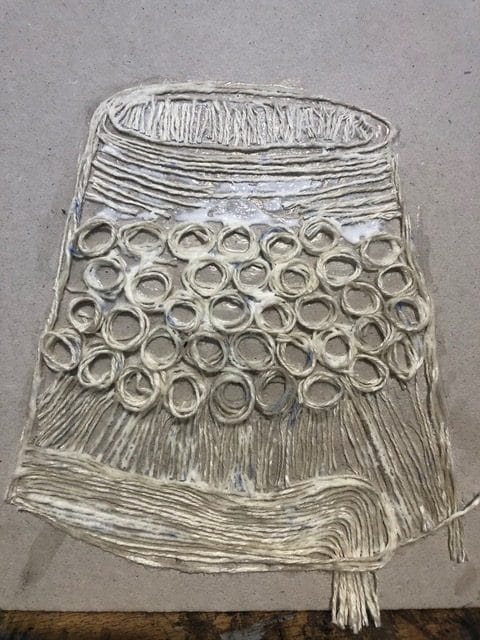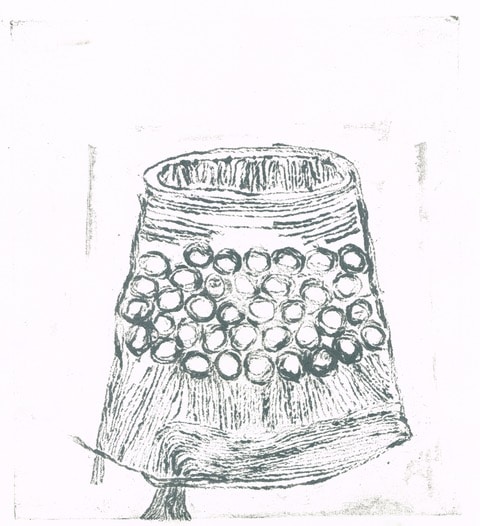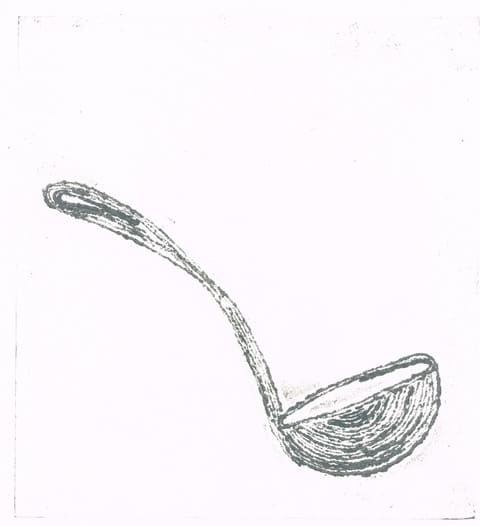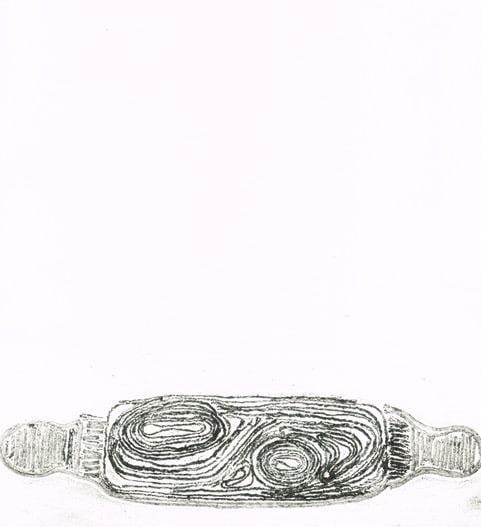It is 20 years since my mother died. Despite this, she retains the ability to make me smile and cry in equal measure.When she died in 2000, it fell to me as her only daughter, to sort through her possessions. Back then, my Father was too paralysed with grief to help. Even years later, he still could not bring himself to look at photographs of her.
Sorting through a loved one’s personal things can be an almost overwhelming responsibility. One must maintain a balance between practicality and sentiment. It is a deeply reflective task, and and can be a vital part of the process of saying goodbye.
The Japanese author and consultant Marie Kondo, has a philosophical outlook. She says that we must allow ourselves to indulge in the memories invoked by familiar objects and then say thank you and goodbye to them. This in itself can be heartbreaking. One side effect of this process is a deep longing for times past. Conversely it is often the case that those who can’t face this, simply cram everything into black sacks and cart it off to the charity shop without stopping to think at all, because the grief is so overwhelming. Ultimately, there is no right or wrong way, we must simply do what is best for ourselves while grieving.
When I was going through my mother’s possessions I decided to keep three things in particular.
Her thimble.
My mum, Florence Stanton was an able seamstress and sewed for a living. She would make dresses for the high street at home on an industrial Singer sewing machine. Fabric would be delivered in the morning with the patterns cut and ready to sew, and she would work all day making the dresses. She also had a home sewing box where she kept the thimble, and she used it when mending our clothes, sewing up hems, turning collars and cuffs.
To me, her thimble represents many of my mother’s qualities. It shows she was skilful because it was the kind with an open top, used by tailors to allow them to handle cloth more easily. It shows she was resourceful and caring, as she would often sew long into the night to get clothes finished for us. I never use the thimble personally because you don’t need one to sew on a button, and that’s about all I can do. But it dwells in my sewing box and always put it on my finger when I see in nestling in the corner.
Her rolling pin.
We were a meat and two veg family. Mum wasn’t a fancy cook, but her cooking was wholesome, satisfying and is one of the things I miss most about her. One of her standard dishes was meat pie, which involved her rolling out the short crust pastry. That rolling pin was in the kitchen for the whole of my life while living at home, and used it at least once a week. (You often see cartoons of East End women brandishing rolling pins, but my mum used her slipper for that.) To me, it is another symbol of the way she cared for her family every single day. Family meant everything to my mother, and when I use her rolling pin, I can genuinely feel that powerful sense of protection and commitment it represents.
Her sugar spoon.
Mum came from the generation who thought that sliced white bread was wholesome and granulated sugar was good for energy. She took two sugars in her tea, and had about eight cups a day. The kettle never went cold in our house. A cup of tea was a balm to soothe, a celebratory toast, a confidante and occasionally, just refreshment. And on each occasion, the sugar spoon was used. It reminds me that mum was a good listener. Friends and family would often bring their problems to her. Over a brew, she would give them a shoulder to cry on, then some advice or a plan of action. There was always a cuppa and a biscuit for anyone who needed a friendly ear.
It almost feels like a disservice to remember my mother via the ephemera of domesticity. She was socially gregarious, often out with friends and adored being surrounded by those she loved. She was the life and soul of any party. She danced. She played piano. She sang. But at home, she was just my mum. And because of that, these three things are very precious to me.

